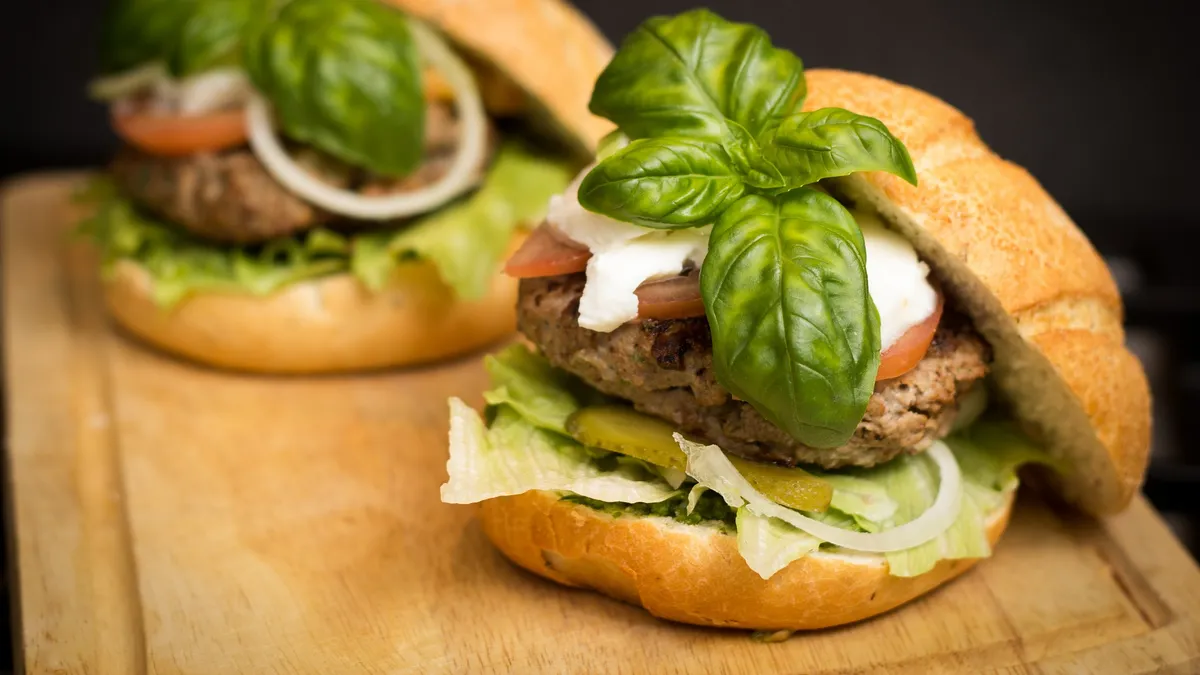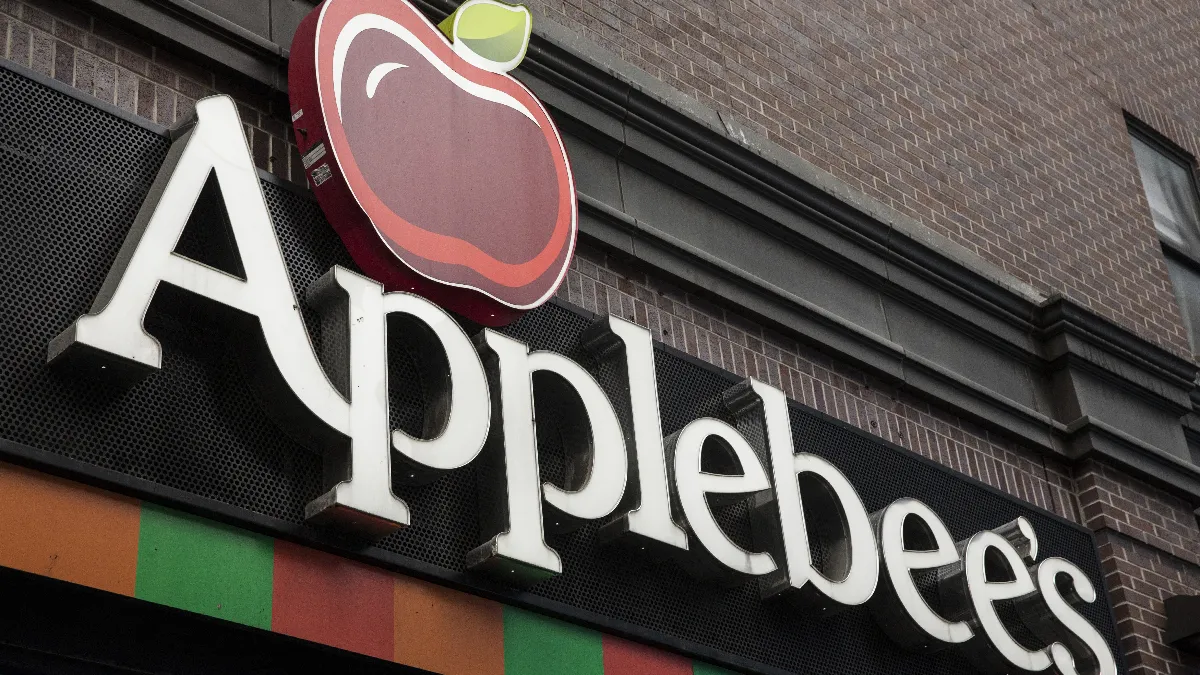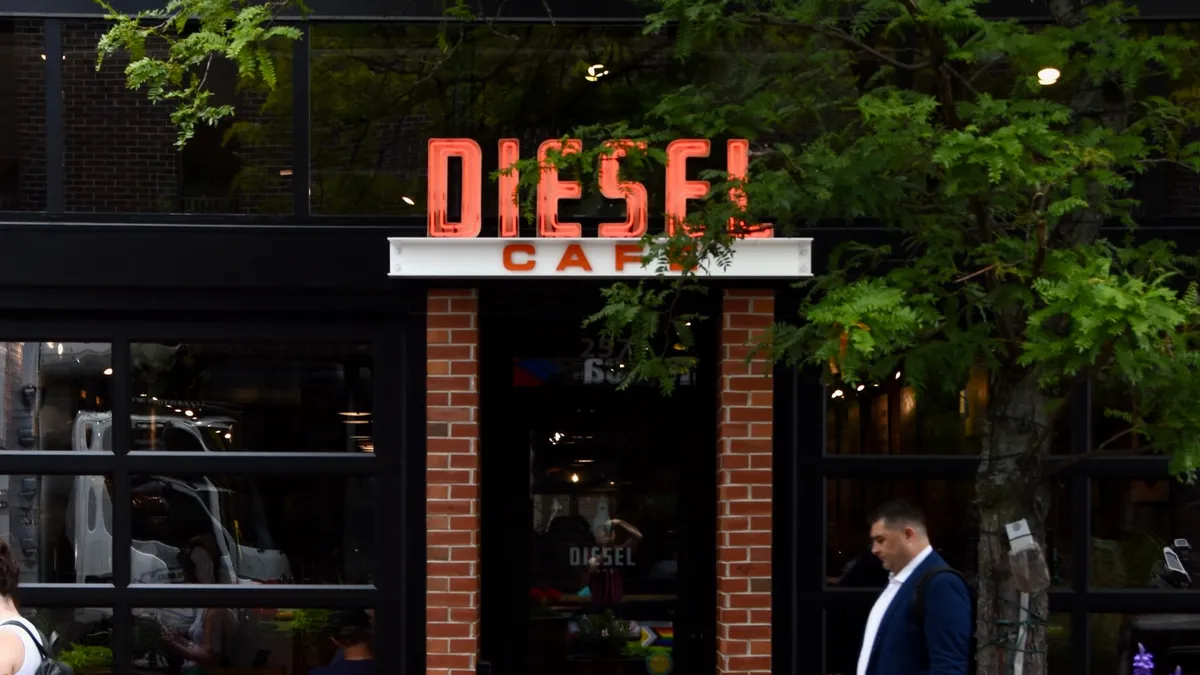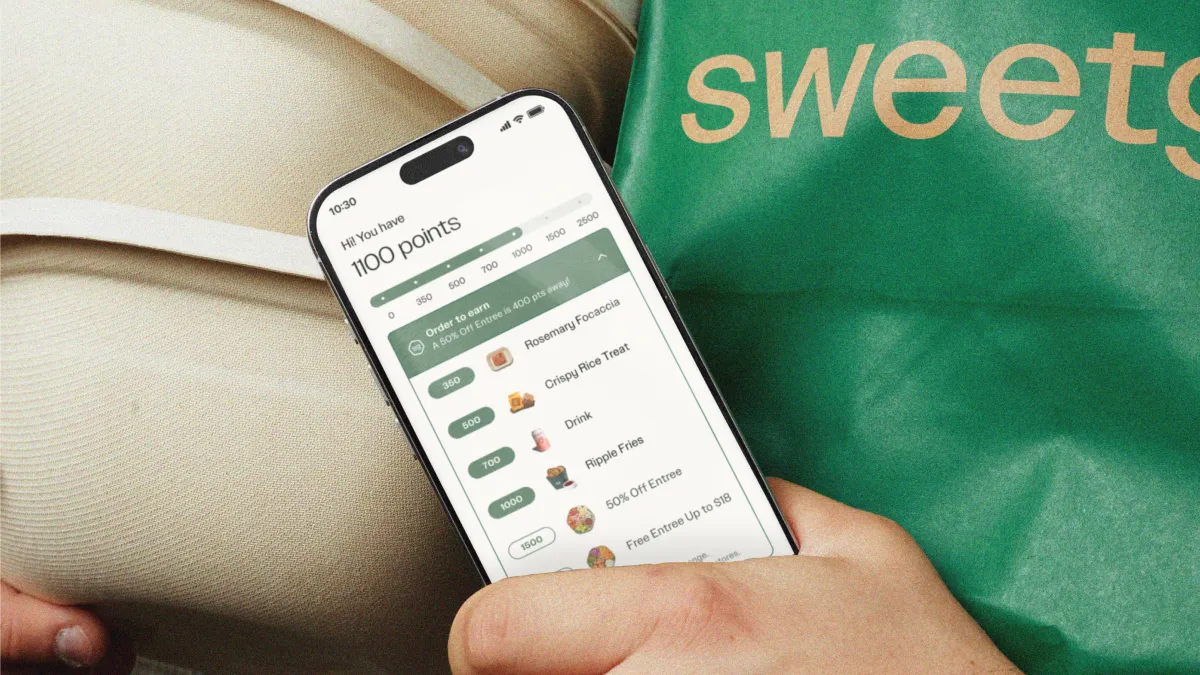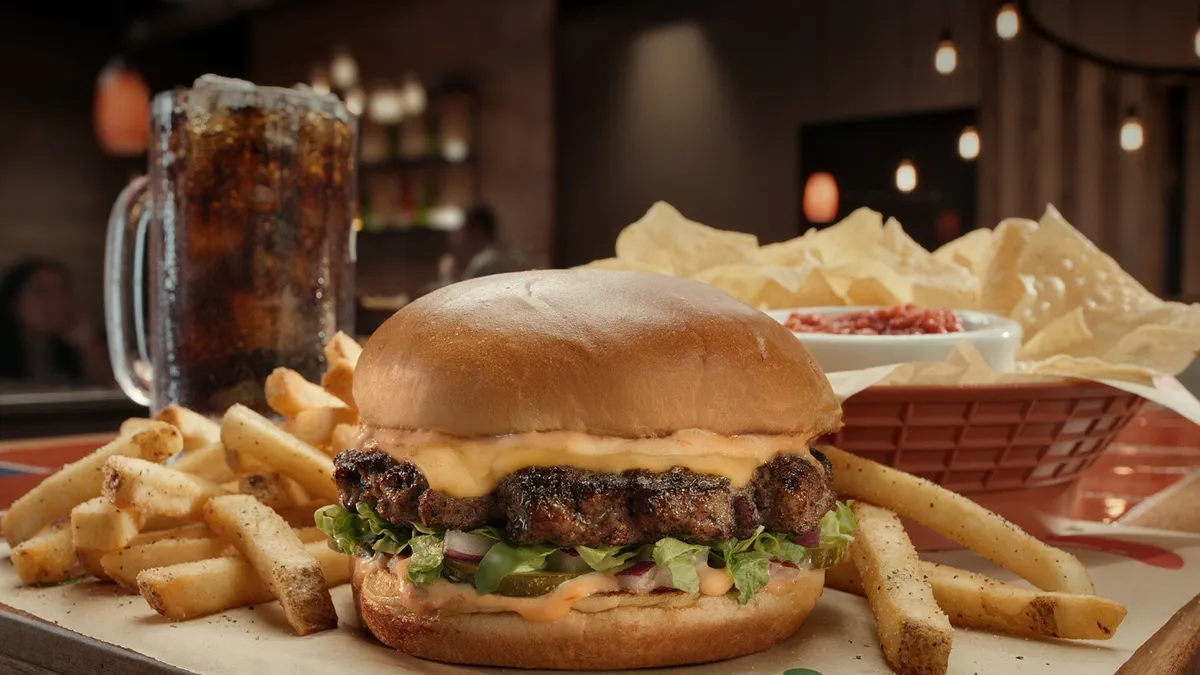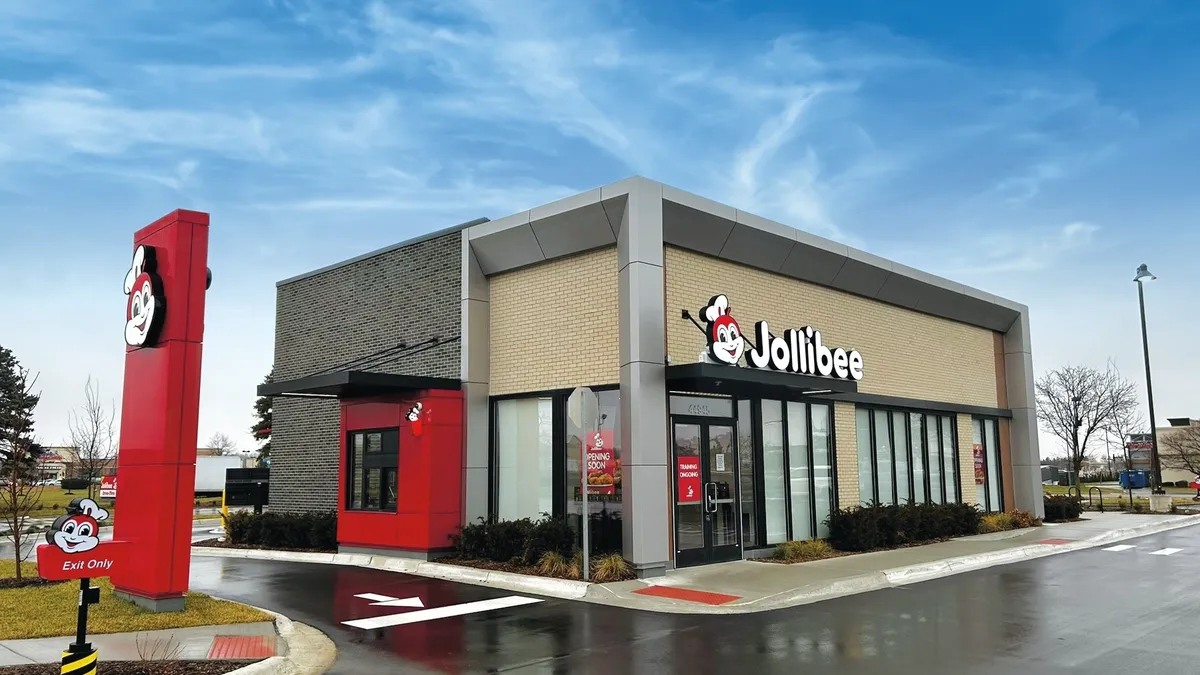While many fast food chains have been adding bacon to their burgers, other burger brands are honing in on local flavors and dietary preferences, such as vegetarian, keto and paleo, and are reaping the rewards of increased sales and repeat customers.
Diners are increasingly classifying themselves as semivegetarian or flexitarian, preferring meatless options versus a complete dietary change. Fifty percent of consumers eat vegetarian or vegan dishes at least once per month, according to a Technomic study.
“This desire for flexibility highlights the fact that dietary lifestyle choices are often not all-or-nothing decision for consumers,” Technomic manager of consumer insights Bret Yonke said in a press release. “To cater to shifting behaviors, operators can offer protein substitutes for certain dishes or create a handful of build-your-own options that give consumers an even greater level of control."
White Castle, Carl’s Jr., Fatburger and Wahlburgers have added meatless burgers to their menu items in response to this trend. Some White Castle locations have sold as many as 300 Impossible Sliders a day.
The healthier burger trend reaches fast casual
While many burger brands have focused on meatless options, fast casual and full-service brands are hoping to reach consumers with other dietary preferences as well. BurgerFi, which has offered a vegan Beyond Burger since 2017, reported a 30% increase in revenue for 2018, according to an emailed statement. In January, the chain launched a KetoFi burger, which has two angus beef patties topped with bacon, a fried egg, mustard and served green style.
Slater’s 50/50, a full-service burger chain with locations in Texas, Nevada, Hawaii and California, launched an LTO with burger bowl concepts in January as part of its rebranding as a “rebel gastropub.” While the company has a signature burger (which is a mix of ground bacon and beef), healthy menu additions are meant to expand beyond its reputation as a burger, bacon and beer place and redefine what it means to be a gastropub.
The new items, including a Cheeseburger bowl, Turkey Harvest bowl, Sweet & Spicy Cauliflower and Power Bowl, were meant to capture customers participating in paleo and keto diets as part of New Year's resolutions.
The overall reaction to these bowls has been positive, and many customer were surprised that the chain had menu items on the lighter side, Slater’s 50/50 Director of Marketing Jennifer Moore told Restaurant Dive.
“This is an excuse to be able to have a burger on any given day of the week,” she said. “We wanted to create that an experience that is beyond just a salad in a bowl.”
Several of the bowls have been performing extremely well, making them candidates for menu additions long-term, she said.
“We wanted to create that an experience that is beyond just a salad in a bowl.”

Jennifer Moore
Director of marketing, Slater's 50/50
Slater’s will also allow local operators add regional specials. Local operators in Las Vegas, for example, have offered Hawaiian burgers, in line with the local preference for Hawaiian flavors.
“We are trying to create consistency among the brand, but enable [operators] to connect with local communities in ways that are meaningful to them,” Moore said.
The chain plans to focus on offering vegan options during the second quarter, adding that it has plans to innovate around the growing trend of pickling, which would work well with Slater’s current flavors, she said.
Let them eat local
Slater’s is far from the only brand to embrace local flavors to increase regional customer loyalty and capture new consumers. Farm Burger, which already offers an Impossible Burger, will launch an LTO for a Chesapeake Bay Blue Catfish sandwich on March 5. The new menu item will not only capture a popular local flavor during Lent, but will also help the environment. The catfish is an invasive species and causing challenges for the Chesapeake Bay.
Connecting to regional customers through local flavors is also a strong focus at Chanticleer Holdings, which owns fast casual burger brands BGR and Little Big Burger.
The company prefers regional better-burger chains — which typically cook burgers to order and user higher quality ingredient — that have unique menu items and strong local customer bases that are primed to grow, CEO Michael Pruitt told Restaurant Dive. Chanticleer has focused on increasing community involvement and working with local suppliers to enhance menu items at both chains.
This has been particularly important in attracting an important demographic.
“Millennials are not fans of chains. They like local,” Pruitt said.
After the company acquired Little Big Burger in the Pacific Northwest in 2015, it kept the brand’s five original chef-inspired menu items, but began running LTO items six to eight times a year for 30 days to “keep it fun and interesting,” he said.
During those LTOs, Little Big Burger will often partner with local suppliers to create unique items, such as it did with its Sasquatch Burger. To create the menu item, the company teamed with Sasquatch Barbecue Sauce Co., which has a cult-like following in Oregon, that has sauce, Pruitt said. It also topped the burger with cheese from Oregon-based Tillamook. Little Big Burger ended up selling 12,000 of these burgers, Pruitt said.
“This is an example of things we try to do to grow the brands once we acquire them without taking away the original appeal that made the brand successful,” he said.
"Millennials are not fans of chains. They like local."

Michael Pruitt
CEO, Chanticleer Holdings
The company also adds regional touches to its menu. In Charlotte, North Carolina, where it added sites beginning in 2017, it offers pimento cheese and the option to add an egg to a burger, which is not offered at other locations, Pruitt said. Charlotte diners have been more partial to a fried chicken sandwich, while Portland diners preferred a ground chicken burger instead.
“We’ve made decisions based on regional preferences as we try to grow [Little Big Burger] beyond the Pacific Northwest,” he said. “Time will tell on the success of it and time will tell on whether we have to evolve or modify it to give it the best chance of being successful.”
Chanticleer will continue to take educated risks on new menu items it moves its brands forward, Pruitt said. The company’s new president Fred Glick, who lives in Southern California, has been keeping an eye out for cool new menu items, since many culinary trends start there, Pruitt said.
While maintaining the original menu and regional flavors remain the key focus of Chanticleer, offering LTOs and specialty items are helping the brand to continue to bring in new customers and keep customers coming back.
“If you’re not growing and not evolving, you’re going the wrong way,” Pruitt said.



